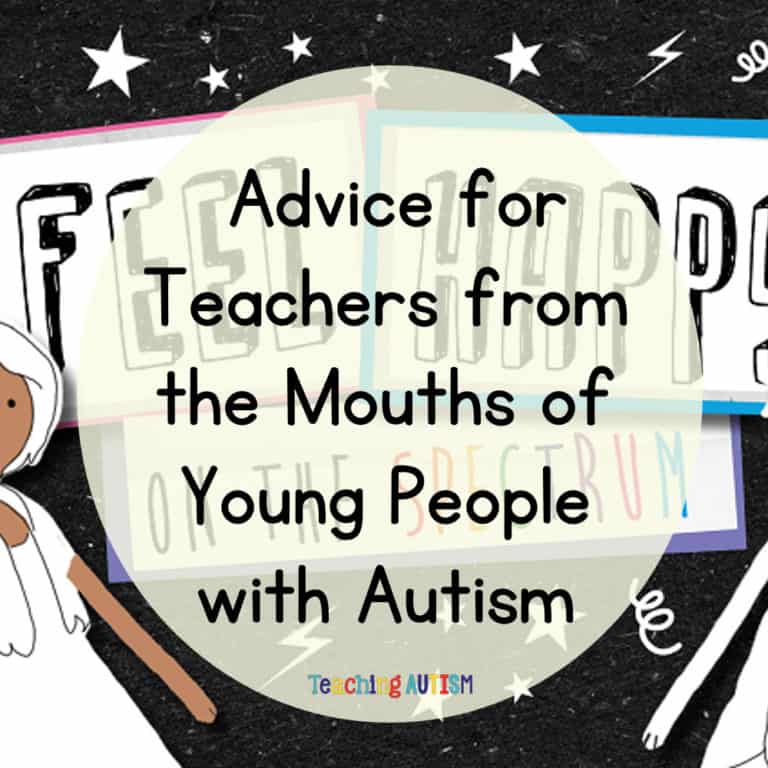Autism and Educational Robots – Guest Post
This is a guest blog post written by Dr. Aida Nazarikhorram MD, Co-founder & CCO of LuxAI. Today Aida is talking all about autism and educational robots.
A robot helping children to learn social skills?! At the first look, this idea seems counter intuitive. However using robots for social skills training in learners with ASD has been very promising so far. Many years of research show that autistic children are more comfortable interacting with robots comparing to human fellows. Today we will be finding out more about autism and educational robots.
Example
One scientific study with QTrobot, an expressive robot for autism, shows that children have higher attention and less stereotypical behaviors while working with the robot. This is compared to the time they are doing the same activities with a human caregiver. Researchers believe it is because robots look like human, but they are way simpler!

Why robots are effective in Autism education?
Who doesn’t like to interact with a robot?! Regardless of having autism spectrum disorder or not, children are fascinated by robots. And they assign a variety of fictious characters to them. But when it comes to using a robot for teaching social interaction and communication to children with ASD.. The values of the robots seem to be beyond just being interesting and engaging.
Many people with autism have difficulty in interacting with humans. And are uncomfortable making eye contact or getting engaged in social communication. Children with ASD often get overwhelmed in social interaction. And are challenged by processing verbal and non-verbal cues and the un-predictable nature of communication.
However, the same children are often less anxious and frequently enthusiastic about engaging with technology, machines and with robots.
Robots are simple and easy to understand and by nature they are predictable. It means every single time they perform a task, it will be identical to the previous time. This brings a lot of comfort to children with autism who don’t like to get surprised.
See below a photo of a student engaging with QTrobot.

Also, interaction with a non-judgmental robot is less socially demanding than interacting with a human being. In particular in the early stage when children are not confident with their social competence, interacting with a robot makes practicing very easy.
A robot never gets tired, discouraged or frustrated! No matter how many times children want to play an educational game.. And regardless of how many times they cannot give the correct answer, the robot is there.. Practicing with them, with the same quality of the first interaction.
And lastly, unlike human beings, robots are capable of breaking social interaction and communication in to small pieces. QTrobot can show simplified and exaggerated facial expressions, without showing a change in the tone of the voice or sending any other non-verbal signal.
This is very handy, since it allows children to learn social interaction step by step and master one component without being exposed to others. For instance, to teach emotion recognition, QTrobot can only focus on teaching facial expressions. And when the child is confident in recognizing faces, then the robot can combine gestures.
Why robots are more effective than tablets and computers in Autism therapy?
While there are various tablet-based apps available for children with ASD, they work on entirely different principles from child-robot interactions. A robot and particularly a humanoid one stands right in between the world of technology and the world of social beings.
Often children assign a social character to the robot and see it as a physical being. This social character triggers a different interaction in autistic children. This is compared to the time children are interacting with a two-dimensional screen image.
Also, physical embodiment allows kids to practice social skills such as;
- making eye contact,
- personal distance,
- correct head and body direction in communication and many more, which are not possible to practice with a virtual avatar.
However, the most important difference between a screen and a robot lies on the generalization. The ultimate goal of any kind of therapy or training is helping students to use the skills they have learnt in other environments than the training session, with other people than their trainer and extended to other stimuli than the ones they have been practicing with.
There are several scientific studies showing that children can learn from a screen. But they cannot successfully use the skills they have learnt when exposed to novel stimuli. Scientific studies show that children have a higher chance of generalization of skills learnt from a robot to their interactions with peers, parents and teachers.
One of the astonishing things for therapists using QTrobot is that when using the robot, there is a visible increase in the joint attention of children with their caregivers. This is absolutely not the case when children have given a tablet for example.
What is the role of the robot in Autism therapy?
At the first sight, people may think that using a robot means replacing the role of a therapist or a teacher. However, the most important role of a robot is to create a link between the child and the human partner. And to facilitate their interaction, primarily by being a center of shared attention.
In this way, using the robot can improve the outcome of the education. Since the robot enhances the engagement of kids and improves their attention and collaboration. This opens up a door for the human partner to use the engagement time to actually teach a new skill.
Beside mediating between the child and caregivers and enhancing the learner’s engagement, the robot can also work as a reinforce. Therapists have reported that by informing children that they can play a game with QTrobot, if they finish their tasks, children are more prone to be focused and cooperative. In this case QTrobot works as a good tool to enforce wanted behaviors.
However, the values of using a robot in a training session is not just limited to the above points. One of the main concerns of the parents with a child with special needs is how and with what cost to have access to specialized interventions for their child.
Large scale studies recommend that having close to full time training for children with autism, particularly in the early years, can have a tremendous impact on;
- the autonomy of the children,
- their mental health
- and their future quality of life.
But having enough educational sessions per week to fulfill the training needs of a child with autism is not easy. Even if a family is financially able to afford the therapy costs.
Autism therapists and specialized teachers are valuable resources that are hard to access. Social robots such as QTrobot can be good supports to increase the number of educational hours for a child under the supervision of a therapist or a specialized teacher.
In this case the time of the professional is spent on evaluating the needs and capabilities of a learner and defining the educational plan for them. As well as monitoring progress and adjusting the plan, rather than conducting the repetitive sessions. This way, special need professional can support a larger number of students.. While ensuring that children are receiving a standardized training.
To find out more about the autism and educational robots, like the QTrobot, visit their website here.

I hope you found this blog post about autism and educational robots helpful. Please feel free to leave any comments or questions down below. Or reach out to QTrobot on social media.







